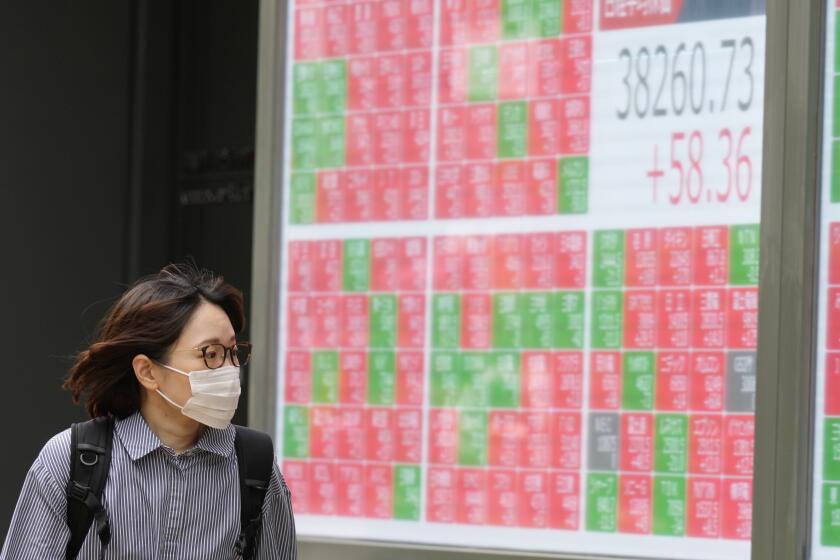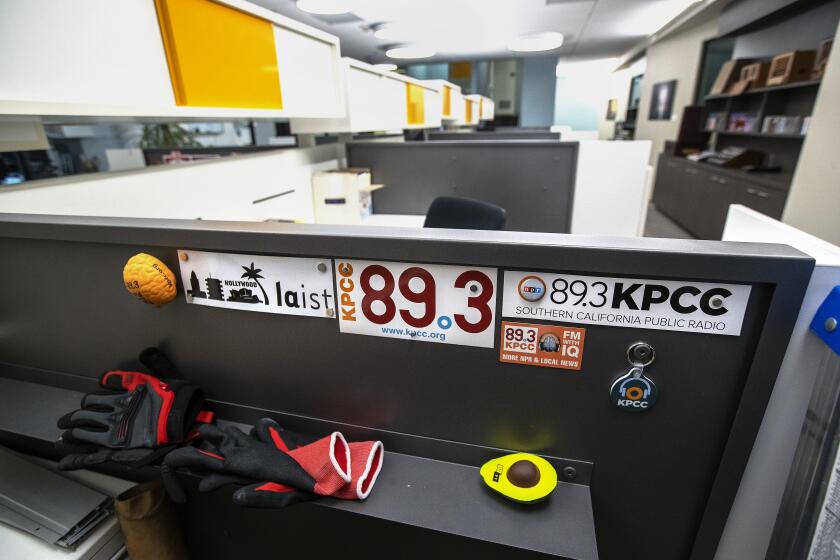Cap-and-trade rules
California and six other Western states are preparing to launch a dramatic campaign against global warming that will turn pollution into a commodity that can be bought and sold, and create a market for trading hot air. It’s an idea that has been tested around the world and can be successful -- but only if it’s done right. As the state unveils further details Friday about how the program will be structured, there are two principles that planners should keep at the top of their minds.
The first has to do with the way carbon credits are allocated. Under a cap-and-trade program like the one California is developing, a cap is placed on the amount of greenhouse gases that can be emitted from sources such as power plants, refineries and factories, with the cap steadily dropping over time. Polluters, meanwhile, get emission allowances, or carbon credits, that they can trade with one another -- it might cost, for example, $10 to buy the right to emit a ton of carbon dioxide. The question is: How should these carbon credits be distributed initially; should they be given away or auctioned off to the highest bidder?
The clear answer is that they must all be auctioned. In Europe, where a cap-and-trade program was launched in 2005, giving the credits away proved a disastrous mistake. For one thing, a giveaway produces unfair distribution schemes in which the companies with the most powerful lobbyists get the most credits. For another, it tends to result in windfall profits for corporations at the expense of consumers. Companies use the program as an excuse to raise prices even when it has no effect on their expenses. Auctioning is a fair way of setting a price for pollution. Moreover, the government can use the proceeds from the auction to lessen the pain for consumers. Energy bills for low-income residents might be subsidized, or more public transit could be built to make up for higher gas prices.
The second principle has to do with offsets. In many cap-and-trade schemes, polluters get credit not for cleaning up their own mess but for reducing pollution somewhere else. Instead of shutting down a coal-fired power plant in California, a utility might invest in a solar power plant in the Mexican desert, for example. Offsets pose a host of problems. There’s no way to know whether that Mexican solar plant would have been built even without the utility’s contribution, nor is it easy to tell whether the amount of carbon saved by that project makes up for the amount emitted by the California plant. Offsets also tend to discourage innovation -- rather than invest in new technology at home, the utility is simply buying existing technology in Mexico -- and they reduce the clean-air benefits to the state. The fewer and more restrictive the offsets allowed by California, the better.
Lobbyists for utilities, oil companies and other polluters are working feverishly behind the scenes to maximize free carbon credits and offsets. If they succeed, California’s fight against global warming will be less effective and more expensive for consumers. State air regulators and Gov. Arnold Schwarzenegger must make sure that doesn’t happen.






